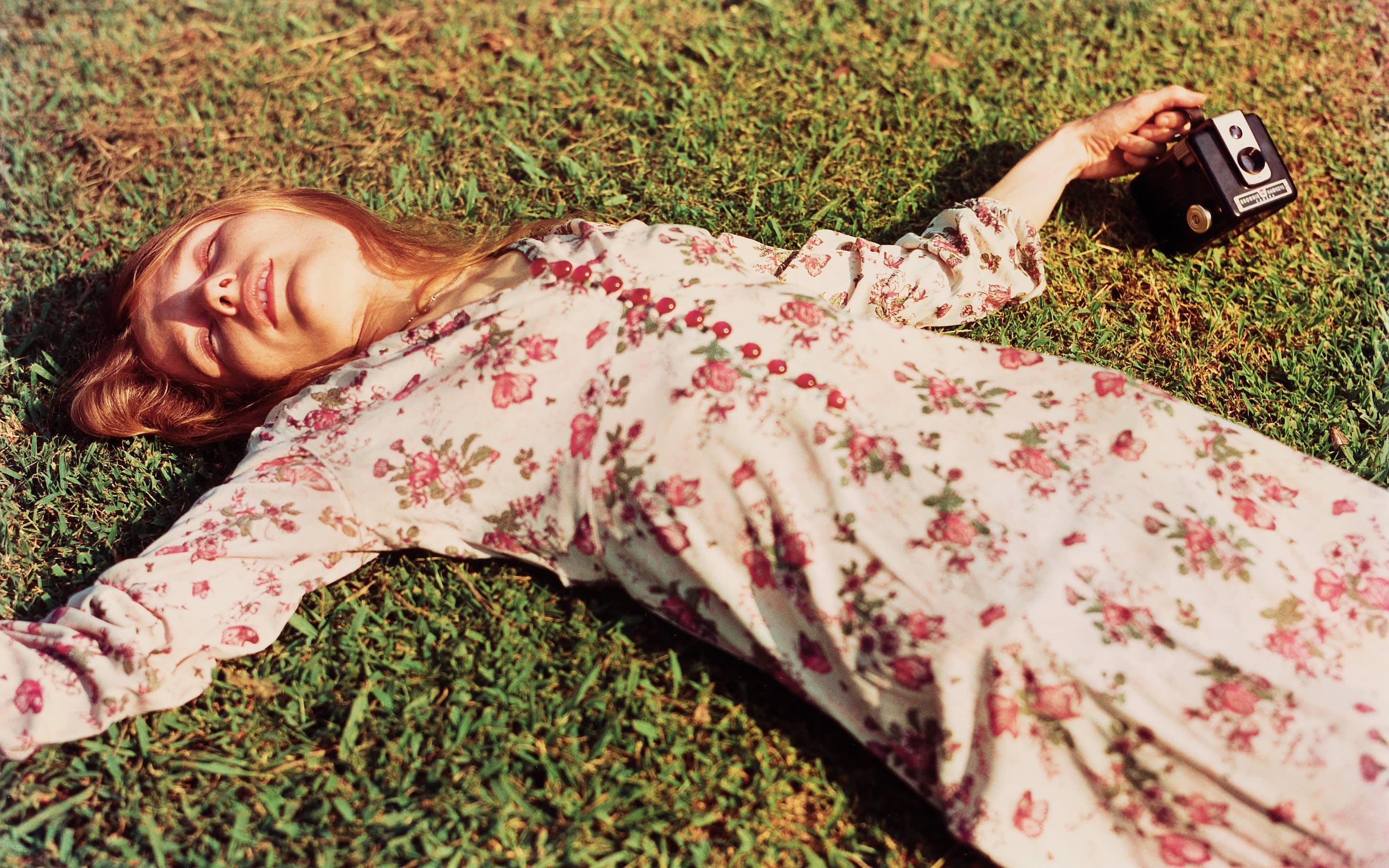William Eggleston
William Eggleston is one of the most influential photographers of the latter half of the 20th century. His portraits and landscapes of the American South reframed the history of the medium and its relationship to colour photography.
Over the course of nearly six decades, he has established a singular pictorial style that deftly combines vernacular subject matter with an innate and sophisticated understanding of colour, form, and composition. His photographs transform the ordinary into distinctive, poetic images that eschew fixed meaning.
"I had the attitude that I would work with this present-day material and do the best I could to describe it with photography," Eggleston explains. His initial style was influenced by Henri Cartier-Bresson, Robert Frank, and Walker Evans. Eggleston's experiments with colour film during the 1960s challenged conventions, since at the time, dye-transfer photography was considered beneath serious photographers.
In 1976, the curator John Szarkowski mounted the exhibition "Eggleston's Guide" at The Museum of Modern Art, forcing a profound re-assessment of his work. He has deeply influenced a younger generation of photographers, including Martin Parr and Stephen Shore. Eggleston currently lives and works in Memphis, TN.

